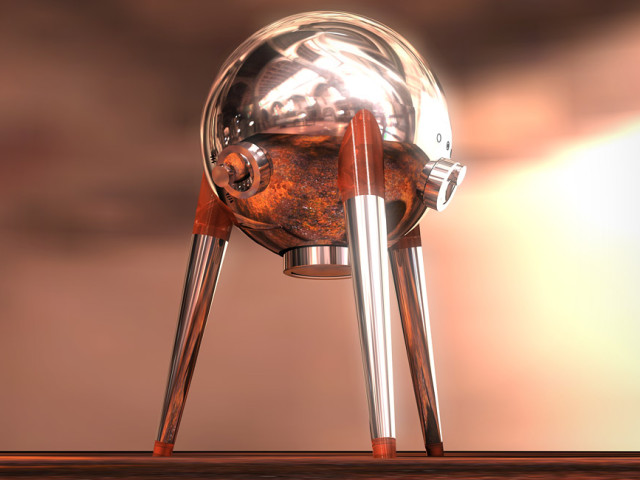
So after all the coffee entries have not finished yet, have they? This is however special. It is posted the day I got my first espresso machine. And espresso is a different and unique type of coffee in many aspects. The type of beans that are used, the grind, and the method of brewing. We will talk about those later but as usual let ‘s just focus our attention on the actual machine and its development through time.
Espresso itself has its origins in France. At least the idea of Espresso. Espresso or caffè espresso is a concentrated coffee beverage brewed by forcing very hot, but not boiling, water under high pressure through coffee that has been ground to a consistency between extremely fine and powder. Invented by Edward Loysel de Santais in 1843, Santais’s machine impressed visitors to the Paris Exposition of 1855 by producing “two thousand cups of coffee an hour.” Santais’s machine brewed coffee a pot at a time, however, and used steam pressure, though not to force the brewing water directly through the coffee. Instead, it raised the water to a considerable height above the coffee. From there it descended through an elaborate system of tubes to the coffee bed. The weight of the hot water, not the trapped steam, applied the brewing pressure. The final result although it was impressive regarding the number of beverages per hour it was not tasty at all. It would take the innovation or cheapness, if you like. 1903, Vienna Italy Luigi Bezzera was thinking that his employs were spending too much time while making coffee. He then had the idea to create a machine that can produce coffee a lot faster by instead of letting the water pass with the help of gravity it was forcing it with the high pressure generated by the steam. His idea, although it was smart did not caught on. He sold his patent to Desiderio Pavoni and the rest is history. The espresso caught on and soon crossed the border and became international. Breakthroughs improve the quality of the brewed were, the hand pump to allow more consistent pressure, and later the replacement of the hand pump with an electric.
Nowadays there are so many options that make it confusing to select a proper espresso maker. There are a few things you need to look for:
- It has to be able to deliver at least 9 bars of pressure. This will ensure that the espresso will be brewed fast enough to create the créma.
- Separate boiler and reservoir. Why is that important? Well the pressure of 9 bars building up in the reservoir of water will mathematically ensure that the cover will just fly off.
- Simple. You need only three buttons, or knobs. On/off, pressure/steam, and a steam regulator. And that is all.

A machine like that will cost somewhere in between of $150 and $200. Expensive? Yes! Worth it? Oh yes!… My machine has all those features, not necessary at the exact way but still, is a great machine. I got it from an italian lady, and it is important. First: lady means clean. Second: italian means perfect for espresso. You can see the reservoir (1 lt) at the back, the on/off/pressure/steam as a deal in the front and the stem regulator at the top. As all espresso machines brews two cups at a time.
Well if you like espresso. I have already talked about coffee here and here, so I will just go straight to the actual brewing. There are three important elements. Time, pressure and coffee. The coffee has to be very fine grind and tightly packed into the portafilter. It has to be about one oz. or 15-16 g. After you attach the filter on the machine. Turn on the pressure and wait till the indicator signals that the desirable pressure has been reached. Then turn on the brewing switch, which will release the pressure and make the water pass through the portafilter. From the moment the coffee starts to drip you should wait no less than 20 or no more than 30 seconds to brew the coffee. More and then you will start extracting all the bad flavors of the coffee-making it really bitter.
If everything worked as planed then you should have a shot* of perfectly brewed espresso. And on the top you should have a thick creamy layer chestnut in color. It is called the créma and if you ask any espresso lover it will tell you that it is the essence of espresso. It is what makes espresso… Espresso. The word shot of espresso did not come from the size of the glass but from the hand pressurized machine that was used initially. A shot of steam for coffee became a shot of coffee.

Photograph oh the Jules Espresso Machine by CB Industries.
Photograph from http://gearpatrol.com/


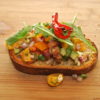
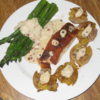
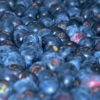
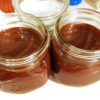
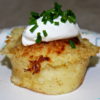
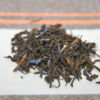
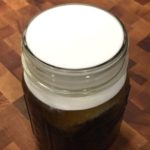
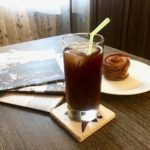
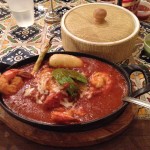
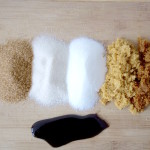
Leave a Reply